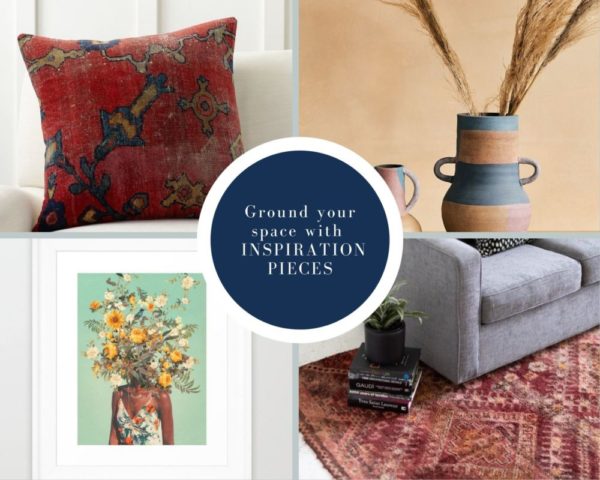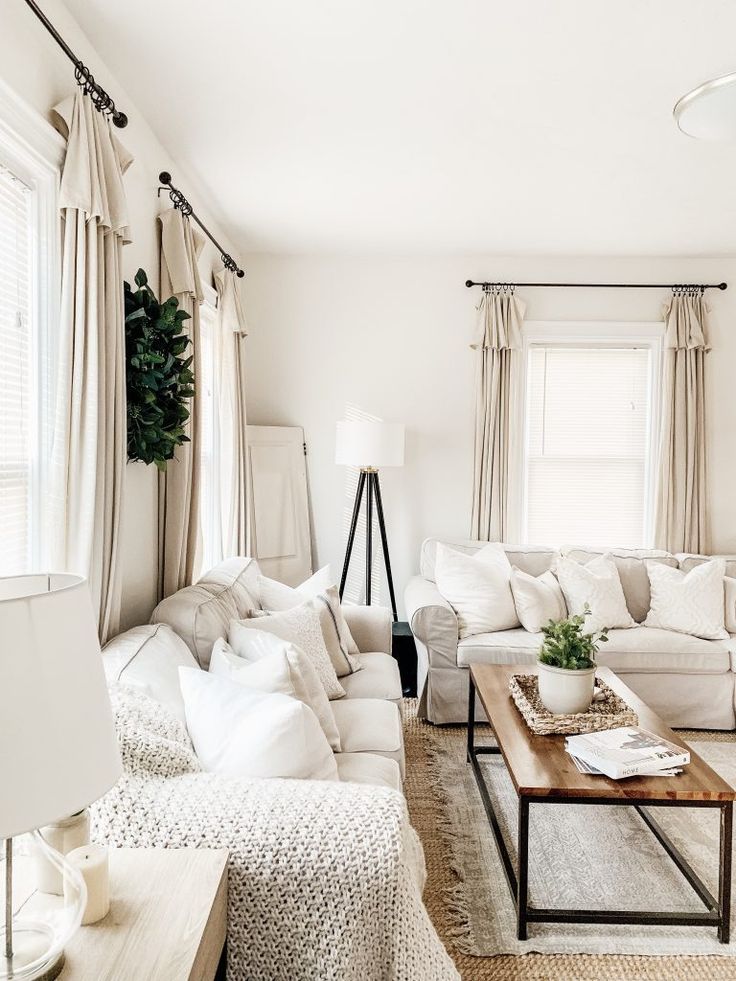

If you’ve ever had to redecorate from scratch, you know what a challenge it can be. And if you’ve moved into a new space, it is frustrating to learn that sometimes your tried-and-true furniture no longer works, no matter what you do. Where to start? Read on to learn how to pair furniture, how to choose what works and what doesn’t.
The best place to start when thinking about adding furniture to your home is the current state of things. Is your room a blank slate or is there anything already going on in the room? Don’t fight the natural characteristics of the space.
In your quest on how to pair furniture, ask yourself, “What do I want this room to feel like?” Then write down those words. Communicate this to your COCOCO Home designer. Furniture can change a room to feel
Which describes your style? Would your style conflict with the home’s fixed features or is it flexible?
This is probably the best advice I can give you, and it’s the easiest way to keep your vision intact. I highly recommend picking a grounding piece. Grounding pieces provide inspiration for a room’s direction and typically have a few colors in them. A great inspiration piece could be a
When you choose your grounding piece, continue to refer back to the piece when you make color decisions. If it works in the painting or the rug, and is pleasing to your eye, it will work to bring the room together. This is a must for anyone who is not very visual or may easily be distracted by all of our wonderful options!
Select colors within the grounding piece for your upholstery and/or accents. This will bring cohesion and direction to your room. You don’t need to use every color in the piece, it just serves as a point to come back to when making decisions.

Boy, do we love leather at COCOCOHome. But leather isn’t the only durable upholstery out there. Velvet is also quite strong and long-lasting. Most fabrics we carry are commercial-grade, with double-rub counts above 50,000. Double-rubs are the point at which a fiber breaks down in machine testing, such as in the Wyzenbeek method.

A combination of textures makes a room feel more luxe and put together. Put away the thought of a matching loveseat and sofa set and live a little, my friend! We are no longer in the 90s. You could mix a leather sofa + velvet chair + a linen or crosshatch pattern fabric on a loveseat. A cowhide ottoman is always a statement piece and can be surprisingly neutral, depending on the hide. Ask your designer about other family-friendly materials we carry such as
I want you to remember that texture is your friend. Textures create more contrast, depth, and layers for coziness. Ever wonder how designers can pull off a comfortable, yet interesting neutral space? It’s through texture variation. You want several textures going on in the room. Think: shiny + matte + fluffy + soft.
Interior design guru Shea McGee of Studio McGee is an expert in mixing textures for a soft neutral space. See how she brings in leather ottomans with a velvet loveseat, a casual canvas ottoman, and a fabric sofa. The wood element on the chair arms serves as additional neutral warmth that references the rest of the room.
One easy way to coordinate a room – yet an often forgotten detail – is to keep the back heights of the furniture pieces close. This is especially important when floating pieces away from the wall. Many of our sofas have a back height of 30 – 31.5 inches. Some, like the Rigney or the Lexington or the Eastover, come in more around 36 inches high. Furniture pairing will seem more natural when there is not a huge difference in back height.
However, when bringing in a taller back height such as on the Blanton chair, which is a petite wingback chair 41″ high, make the chair a pair instead. Having two Blanton chairs brings balance to the room with a lower sofa back height.
When you choose coordinating colors, you want to match the underlying tone or the color temperature. Red isn’t just red. Blue isn’t just blue.
Warm colors typically have an undertone of yellow, red, or orange.
Cool colors have undertones of green, blue, and purple.
If you aren’t sure what the undertone is, compare it next to a white piece of paper or another color in the same family (i.e., a blue against another blue). Is it a true red, or an orange-red? Is it a purplish-red like burgundy or a pinkish red like raspberry? If it’s an orange-red, which is a warmer red, seek out a warm undertone in the coordinating colors. Keep this in mind as you consider your color scheme and examine swatches. You could go several directions.


More great combinations:
One of the best ways to see what is going to truly work for your space is to request swatches. Pictures can help, but there’s no substitute for comparing a swatch of material with the items you already have in your home. Hold it next to your rug, accent pieces, textiles, artwork, and the floor.
We may have more swatches available than you can see by browsing online, so if you aren’t seeing what you are searching for, give us a call at 704-892-6680.